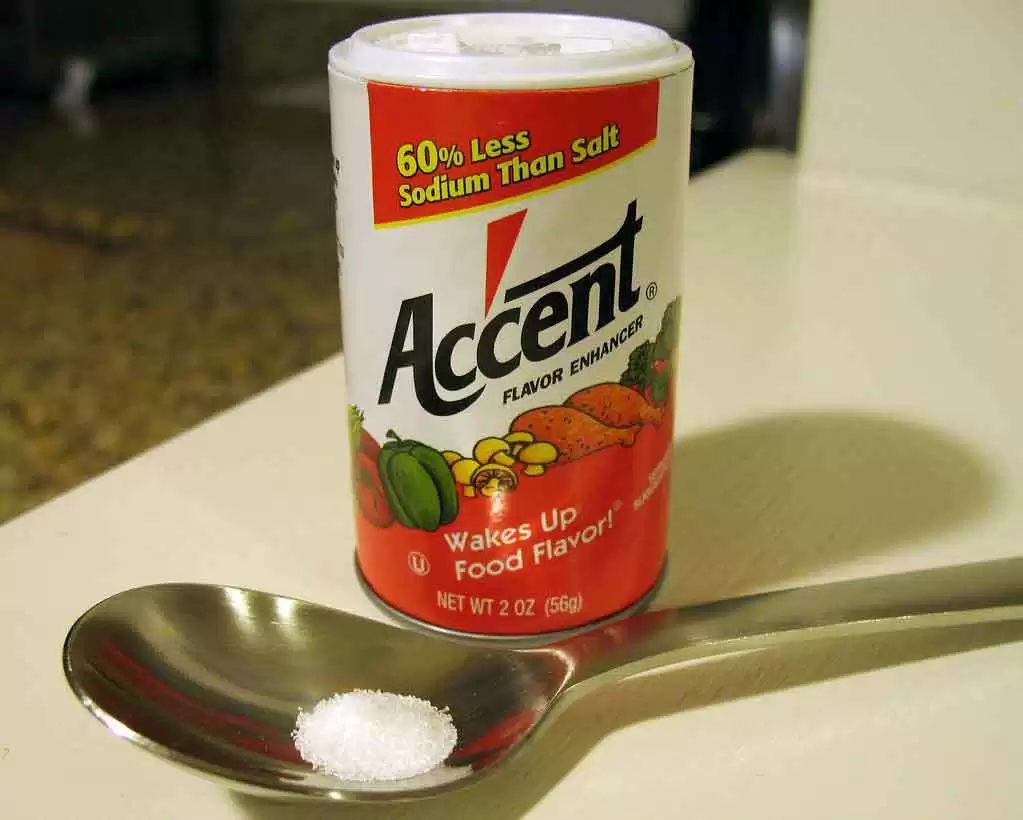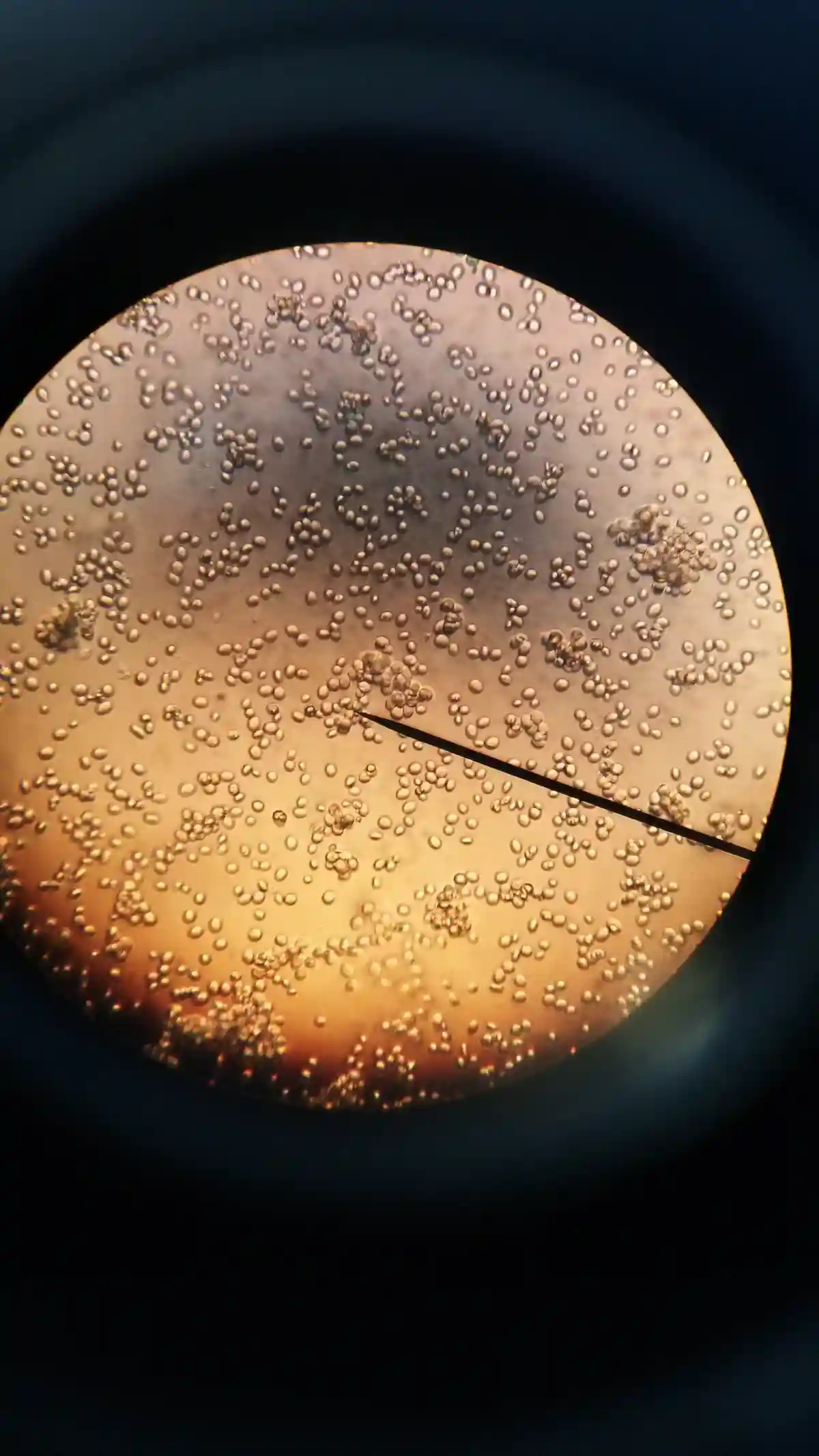
Celiac.com 07/02/2024 - Celiac disease is an autoimmune condition triggered by the ingestion of gluten, a protein found in wheat, barley, and rye. When people with celiac disease consume gluten, their immune system attacks the small intestine, leading to damage and malabsorption of nutrients. This can cause a wide range of symptoms, including digestive issues, fatigue, and nutrient deficiencies. Newly diagnosed individuals are particularly vulnerable as their intestines may still be healing from prior gluten exposure. This raises questions about whether they are more susceptible to digestive issues from other food components, such as mono and diglycerides.
Understanding Mono and Diglycerides
Mono and diglycerides are emulsifiers commonly used in processed foods to improve texture and extend shelf life. They are derived from glycerol and fatty acids and can be of animal or vegetable origin. During the manufacturing process, mono and diglycerides may contain additives or contaminants that could trigger digestive discomfort. For example, some products might contain traces of solvents or other chemicals used during production.
Celiac.com Sponsor (A12):
Mono and diglycerides are generally considered gluten-free. They are derived from fats and oils, not wheat, barley, or rye. However, it's essential to check labels for potential cross-contamination or added ingredients that might contain gluten. While they are generally considered safe for consumption, some individuals, particularly those with specific dietary restrictions or sensitivities, might experience digestive discomfort.
Individuals with specific food sensitivities or intolerances might react to the food products containing mono and diglycerides rather than the emulsifiers themselves. For example, people with a soy allergy might react to mono and diglycerides derived from soybeans.
Types of Mono and Diglycerides Used in Gluten-Free Foods
1. Mono- and Diglycerides of Fatty Acids
- This is the most common form and is often listed simply as "mono- and diglycerides" on ingredient labels.
- Derived from plant-based oils (e.g., soybean, palm, or sunflower oil) or animal fats.
2. Glycerol Monostearate (GMS)
- A specific type of monoglyceride often used in gluten-free baked goods to improve softness and extend shelf life.
- Commonly found in bread, cakes, and pastries.
3. Distilled Monoglycerides
- A purified form of monoglycerides, often used in gluten-free products for better emulsification.
- Found in gluten-free bread, muffins, and other baked goods.
4. Acetylated Monoglycerides
- Modified monoglycerides used to improve texture and stability in gluten-free foods.
- Often used in gluten-free baked goods, dairy alternatives, and processed foods.
5. Citric Acid Esters of Mono- and Diglycerides
- Used as emulsifiers and stabilizers in gluten-free products.
- Commonly found in gluten-free bread, cakes, and margarine.
6. Lactic Acid Esters of Mono- and Diglycerides
- Used to improve texture and shelf life in gluten-free baked goods and dairy alternatives.
- Often found in gluten-free bread, cakes, and processed snacks.
7. Diacetyl Tartaric Acid Esters of Mono- and Diglycerides (DATEM)
- A common emulsifier used in gluten-free bread and baked goods to improve dough strength and texture.
- Often listed as "DATEM" on ingredient labels.
8. Polyglycerol Esters of Fatty Acids
- Used as emulsifiers and stabilizers in gluten-free foods.
- Found in gluten-free baked goods, dairy alternatives, and processed snacks.
9. Sorbitan Monostearate
- A non-ionic emulsifier used in gluten-free baked goods and processed foods.
- Often used in combination with other emulsifiers.
10. Stearoyl Lactylates (e.g., Sodium Stearoyl Lactylate or Calcium Stearoyl Lactylate)
- Used to improve texture and shelf life in gluten-free baked goods.
- Commonly found in gluten-free bread, cakes, and pastries.
11. Lecithin (often derived from soy or sunflower)
- While not a mono- or diglyceride, lecithin is another common emulsifier used in gluten-free foods.
- Often used in combination with mono- and diglycerides.
Impact on Newly Diagnosed Celiac Patients
Newly diagnosed celiac patients often have a compromised digestive system due to the inflammation and damage caused by gluten. This makes them more sensitive to various food components, including additives like mono and diglycerides. Here are several reasons why these individuals might experience issues:
Intestinal Damage and Healing Process
The villi in the small intestine of newly diagnosed celiac patients are often flattened or damaged, impairing nutrient absorption. This condition, known as villous atrophy, can lead to increased sensitivity to various food additives, including emulsifiers like mono and diglycerides.
As their intestines heal, celiac patients might experience heightened reactions to certain foods, including those containing mono and diglycerides, as their digestive system adjusts and repairs itself.
Immune System Sensitivity
The immune system of celiac patients is already in a heightened state of alert due to the autoimmune nature of the disease. This can lead to an increased likelihood of reacting to various food additives, including mono and diglycerides, which may be perceived as foreign or harmful by the body.
Potential Cross-Contamination
Mono and diglycerides can sometimes be derived from or contaminated with gluten-containing sources. For newly diagnosed celiac patients, even trace amounts of gluten can cause significant digestive distress and hinder the healing process.
Gut Health and Enzyme Activity
Some people might have digestive issues due to an imbalance in gut flora or insufficient enzyme activity required to break down and process mono and diglycerides efficiently. This can lead to symptoms such as bloating, gas, and diarrhea.
Fatty Acid Profile
The specific fatty acid composition of mono and diglycerides might affect digestion. Some people may have difficulty digesting certain types of fatty acids, leading to gastrointestinal symptoms.
Interaction with Other Ingredients
Mono and diglycerides are often used in combination with other additives and ingredients. The interaction between these compounds can sometimes cause digestive disturbances. For instance, the presence of other emulsifiers, preservatives, or artificial sweeteners can contribute to gastrointestinal discomfort.
Common Symptoms
People who experience digestive issues with mono and diglycerides might report symptoms such as:
- Bloating
- Gas
- Diarrhea
- Stomach cramps
- Nausea
Clinical Observations and Anecdotal Evidence
While there is limited specific research directly linking mono and diglycerides to digestive issues in newly diagnosed celiac patients, clinical observations and anecdotal evidence suggest a possible connection. Many celiac patients report improved symptoms after eliminating not just gluten but also various additives and processed foods from their diet.
Recommendations for Newly Diagnosed Celiac Patients
Strict Gluten-Free Diet
The primary treatment for celiac disease is a strict gluten-free diet. Newly diagnosed patients should focus on consuming whole, unprocessed foods to allow their intestines to heal.
Reading Labels Carefully
Patients should carefully read food labels and be aware of potential gluten cross-contamination in food additives like mono and diglycerides. Opting for certified gluten-free products can help minimize risks.
Consulting Healthcare Providers
Newly diagnosed individuals should work closely with healthcare providers, including dietitians specializing in celiac disease, to create a balanced and safe diet plan. These professionals can offer guidance on avoiding potential triggers and ensuring proper nutrient intake during the healing process.
Monitoring Symptoms
Keeping a food diary and monitoring symptoms can help patients and their healthcare providers identify any specific food additives that may be causing issues, allowing for more tailored dietary adjustments.
Conclusion
Newly diagnosed celiac patients are in a vulnerable state as their digestive systems heal from gluten-induced damage. While mono and diglycerides are generally safe for the general population, these individuals may experience heightened sensitivity and digestive issues due to their compromised intestinal health. A strict gluten-free diet, careful reading of food labels, and close collaboration with healthcare providers are essential strategies to ensure a smooth recovery and minimize potential digestive discomfort from food additives like mono and diglycerides.










Recommended Comments
Create an account or sign in to comment
You need to be a member in order to leave a comment
Create an account
Sign up for a new account in our community. It's easy!
Register a new accountSign in
Already have an account? Sign in here.
Sign In Now